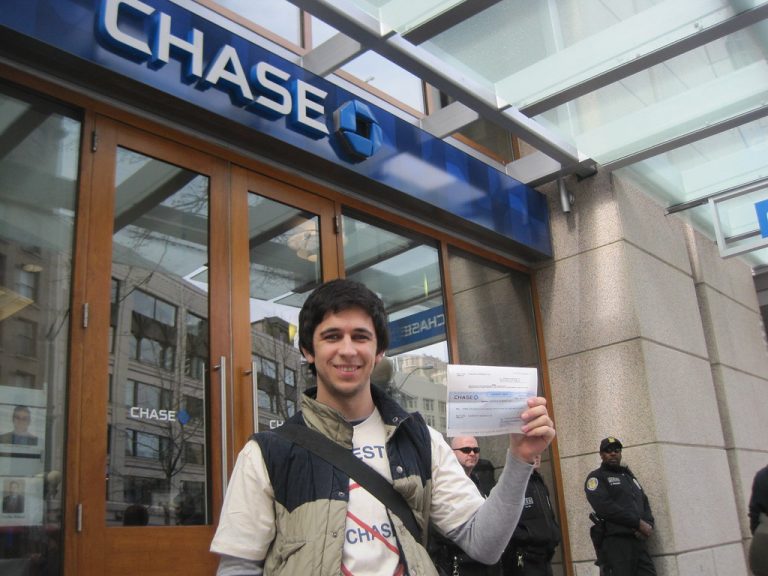Many people believed there was never paper money that had no POTUS portrait and there actually has existed some in the past. These question has happened in several arguments for the fact that there’s none of such paper note that ever existed. But in this post, we are about to find out.
The one-dollar bill is the lowest value of a paper currency in the United States without a portrait of a president printed on it. The reverse side of the one-dollar bill features an image of the Great Seal of the United States and the words “E Pluribus Unum.” This translates to “Out of Many, One,” and it refers to the thirteen original colonies that merged to form the United States of America.
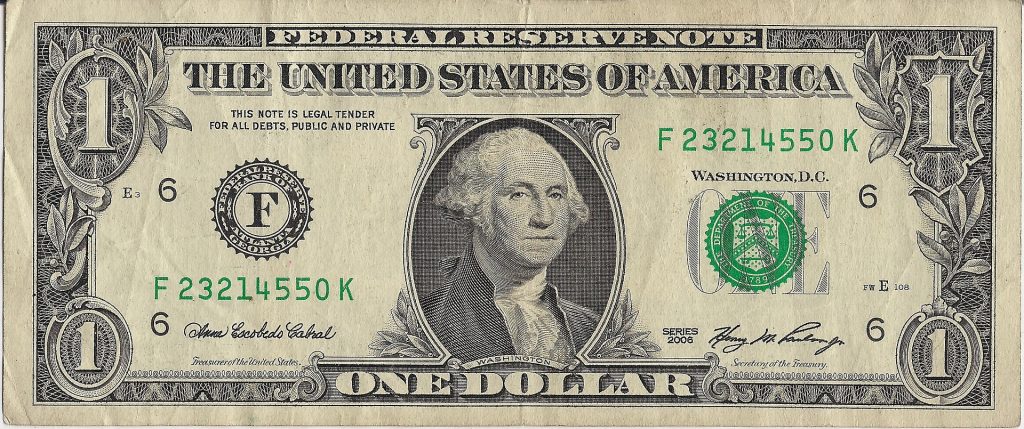
The first lady to appear on United States currency was Martha Washington, whose portrait graced the 1886 and 1896 issues of the Silver Certificate One Dollar Bill. The one is the lowest value of paper money in the United States.
The Series 1886 Silver Certificate printed between 1878 and 1880, shows the First Lady Martha Washington on the front of the note.
No president has ever appeared on a One Dollar Bill. George Washington’s portrait was on the dollar bill, but it wasn’t a one-dollar bill. It was a dollar coin, or “silver dollar.”
The lowest-value paper money in the United States is the one-dollar bill. The Federal Reserve Board only prints $1, $2, $5, $10, $20, $50, and $100 bills because they have a lower rate of circulation than other bills. And amongst these, $1 happens to be the lowest value to ever existed and has the portrait of a non-president.
According to Mount Vernon, “Martha Washington’s image appears on the $1 Silver Certificate. The certificates were first printed in 1886, six years after the first legal tender dollar bill featuring Washington was issued, a slightly re-designed Martha Washington”. However, “The $1 Certificates were discontinued in 1957.”
The first U.S. currency to feature a woman was Martha Washington, wife of George Washington, who graced the face of a $1 Silver Certificate issued by the Treasury Department in 1886 and 1891. Images of Martha Washington were featured on two types of silver certificates.
However, after discontinuing the certificate, the one-dollar bill was redesigned to feature George Washington’s portrait.
The Treasury Department decided it was time to honor a woman who had played an important role in the country’s history, so they chose Martha Washington, wife of President George Washington, who led the country during its infancy as the first President of the United States.
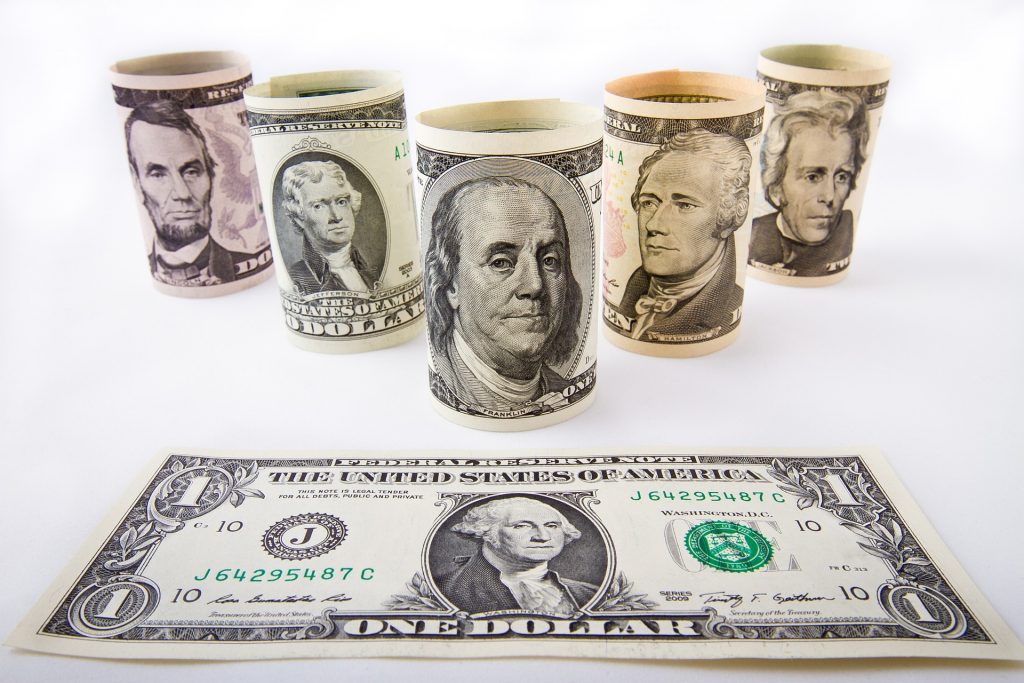
The history of the U.S. dollar is dated back to more than 240 years since the Continental Congress of the United States authorized the issuance of Continental Currency.
The history of the U.S. dollar is dated back to more than 240 years since the Continental Congress of the United States authorized the issuance of Continental Currency.
The creation of the United States dollar is linked to a complex series of events and conditions that occurred from the time of initial colonization, through its development into a modern nation-state, and eventually culminating with what would become one of the most stable currencies in the world.
While much has been said and written about paper money and its impact on American society, history buffs and curious individuals alike may also be interested in learning about how early colonists came to use Spanish dollars as their medium of exchange and why U.S. currency has evolved into its current form today.
What Paper Money Has No President On It?
You’ll see a few people on the bills of American currency, but not everyone makes it to the big time. There are a few presidents whose face does not appear on any bill. And there are some other Americans who do appear on paper money but do not hold the title of president.
In a nutshell, there are currently two non presidents who are on a paper bill in the United States.
Alexander Hamilton is a non-US president whose portrait appears on the $10 bill and Benjamin Franklin is another non-US president whose portrait is on the $100 paper money. Both are non presidents of the US.
Who Is Alexander Hamilton On the $10 Bill?
You can find Hamilton on the ten-dollar bill, but he was never president of the United States he was the founder of the national banking system and was ousted as an opponent of President Washington during his second term in office.
In 1928, a $10 note was issued bearing a portrait of Hamilton. At the time of its introduction, only $1 and $2 notes had been issued.
While the Secretary of the Treasury was authorized to place his own portrait on paper money, it was considered inappropriate for him to do so, due to the obvious conflict of interest.
Benjamin Franklin On $100 Bill
Benjamin Franklin is on the 100 dollar bill, but he was also so much more. Ben Franklin, a statesman, and inventor was and remained one of the founding fathers of the United States of America. He was a great politician and inventor.
Franklin earned the title of “The First American” for his early and indefatigable campaigning for colonial unity; as an author and spokesman in London for several colonies. He played a crucial role in the American Revolution by securing shipments of munitions from France.
He was promoted to deputy postmaster-general for the British colonies; he became politically active in opposition to British colonial policies and he organized the 1775 Continental Congress.
What US Paper Money Is Valuable?
If we are talking about the value of money then the higher the figure the higher value is placed on the paper note and currently, the highest US paper money is $100 which is also the most valuable paper money today in the US.
The government issues paper currency and coins to pay for purchases and debts by anyone in the States. Paper money comes in $1, $2, $5, $10, $20, $50, and $100 bills. The Bureau of Engraving and Printing manufactures paper money.
The currency is redesigned as a way to protect your hard-earned money by staying ahead of advancing technologies and tech-savvy counterfeiters. As new designs are introduced, the old ones are taken out of circulation and they become rare. The older the money is, the more it’s worth above its face value.
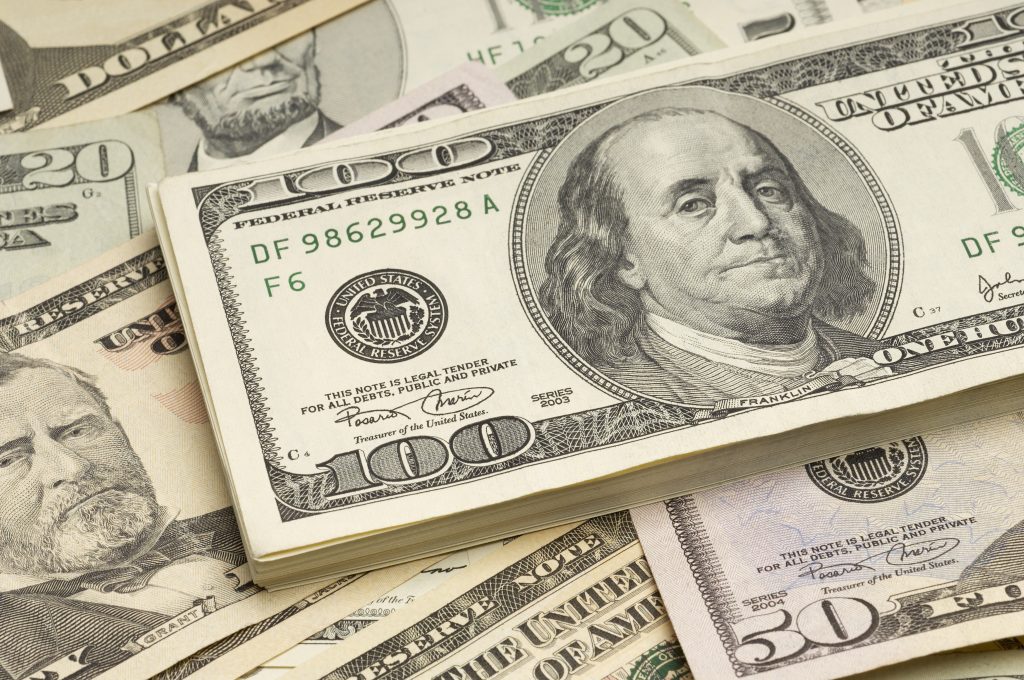
The Bureau of Engraving and Printing is a government body responsible for the production of paper money. The U.S. Treasury prints the bills, and then the Federal Reserve distributes them. There are only four ways for these bills to end up in circulation: through an ATM or bank teller, through the mail, a change machine or cash register, or directly from a Federal Reserve Bank.
What Is The Lowest Paper Money?
The current lowest paper money is the one-dollar bill. Although now common, it was not always this way.
However, tracing back history a little we found out that there were notes printed as fractions of a dollar bill in the paper, and several did not have pictures of presidents.
In 1862, during the Civil War, the United States began issuing paper money in various denominations. They printed these paper bills in 5 different series which never sees the continuation of some of the series.
According to reports acquired on the internet, the bills printed were called Shinplasters and were printed due to coinage shortages caused by the civil war. Between 1862 and 1876, notes with the following denominations were created; $0.03, $0.05, $0.10, $0.15, $0.25, $0.50 making them some of the lowest paper money in the history of the US.
“The first series (1862–1863), originally created as “postage currency” contained 5, 10, 25, and 50 cent denominations, with the 5 cent and 10 cent stamp designs on them (Jefferson and Washington respectively). The 25 and 50 cent versions had five 5 cent or five 10 cent stamps on them.”
As of today, the lowest paper note in the United States of America is the $1 dollar bill.
Who Is On US Paper Money
US paper currency bears the portraits of deceased individuals. The Secretary of the Treasury selects these individuals based on their contributions to the nation.
The Secretary of the Treasury can only select from individuals who are deceased. Congress has established this rule in order to prevent living persons from being placed on currency and to ensure that the life and legacy of each person honored on currency are well-established.
The Bureau of Engraving and Printing receives requests for new individuals to be placed on the currency. The Bureau forwards all such requests to the Citizens Coinage Advisory Committee (CCAC). If a request is approved by the CCAC, it will then be forwarded to the U.S. Commission of Fine Arts (CFA), and then to the Secretary of the Treasury, who makes a final determination as to whether or not they should be considered for placement on U.S. paper currency.
With that being said, here are some of the people whose portraits currently appear on the US paper monies.
- George Washington – $1 Bill: He is the first president of the U.S., George Washington the portrait on the one-dollar bill because he was the first president, and there is no other place to put him.
- Thomas Jefferson – $2 Bill: He is the president of the united states of America and the portrait on the $2 bill in the United States.
- Abraham Lincoln – $5 Bill: Abraham Lincoln was the 16th President of the United States, and also was honored to be the face on the $5 bill.
- Alexander Hamilton – $10 Bill: He was one of the Founding Fathers of the United States, who later on became the first U.S. Secretary of the Treasury. He was known for the creation of a national bank, implementation of an effective tax system, and aggressive promotion of friendly ties with Britain as well as noteworthy opposition to partisan politics.
- Andrew Jackson – $20 Bill: was an American soldier and statesman who served as the seventh president of the United States. Before being elected to the presidency, Jackson was a renowned general in the United States Army who served as both a state representative and a Senator in Congress.
- Ulysses S. Grant – $50 Bill: From early childhood in Ohio, Grant was a skilled equestrian, and he had a talent for taming horses. He’s the face behind the $50 bill in the US.
- Benjamin Franklin – $100 Bill: Benjamin Franklin was a statesman, author, publisher, scientist, inventor, and diplomat. Franklin helped draft the Declaration of Independence. He was the one who signed and represented the United States in France during the American Revolution. He also attended the Constitutional Convention. No one else could deserve that trophy.
Who Decided The Faces Of Every United States Bill?
The Secretary of the Treasury selects these individuals based on their contributions to the nation.
The Secretary of the Treasury can only select from individuals who are deceased. Congress has established this rule in order to prevent living persons from being placed on currency and to ensure that the life and legacy of each person honored on currency are well-established.
The Bureau of Engraving and Printing receives requests for new individuals to be placed on the currency. The Bureau forwards all such requests to the Citizens Coinage Advisory Committee (CCAC).
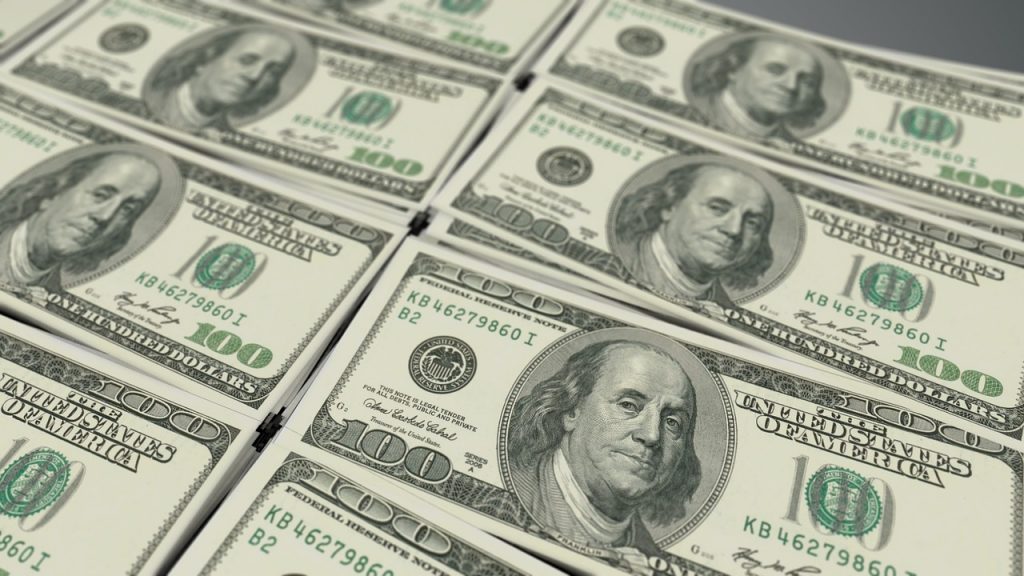
If a request is approved by the CCAC, it will then be forwarded to the U.S. Commission of Fine Arts (CFA), and then to the Secretary of the Treasury, who makes a final determination as to whether or not they should be considered for placement on U.S. paper currency.
FAQs
Is There Really A $3 Bill?
The honest answer is there has never been a $3 bill ever printed. I don’t think the US authorities are ever interested in producing the $3 bill anytime soon.
What Is The Most Famous Dollar Bill?
The most famous dollar bill is the hundred dollar bill ($100) with the face of Benjamin Franklin. Most people don’t care about the other bills and hardly ever see them. And they receive other bills, it feels they should just dump it in a charity box but with $100, it commands power and financial confidence.
What Is The Largest US Bill?
What is the largest US bill currently in circulation? The answer might surprise you. I’ll give you a hint, it’s not the $100 bill. The $100 bill is not the largest US denomination in circulation. In fact, it’s not even in the top two.
Since 1969, the largest denomination of U.S. currency ever printed was a $100,000 bill featuring President Woodrow Wilson. However, these notes were never circulated among the general public. They were printed from December 18, 1934, through 1945 and were issued by the Treasurer of the United States to Federal Reserve Banks only against an equal amount of gold bullion held by the Treasury Department. These notes were used for transactions between Federal Reserve Banks and were not circulated among the general public.
Is There A 200 Dollar Bill?
The $200 bill does not exist at this time. The idea that there is a $200 bill circulating out in the world is enough to make anyone want to go on a search for it. In reality, the bearer of this bill would be the luckiest person alive and might be able to retire from finding just one!
How Much Is A 2003 $2 Bill Worth?
According to the U.S. Department of Treasury website, all $2 bills are legal tender, meaning that they can be exchanged for other goods and services. The two-dollar bill has two different designs, the current one being essentially a modified version of the older design.
The 2003 bill is worth about $5 in uncirculated condition with an MS 63 grade. Uncirculated bills with a grade of MS 65 can sell for around $5.
- The Evolution of Stablecoin Pegs: Exploring Challenges and Risks - July 5, 2025
- Does Meijer Take Google Pay? - July 5, 2025
- Does Albertsons Take Google Pay? - July 5, 2025


